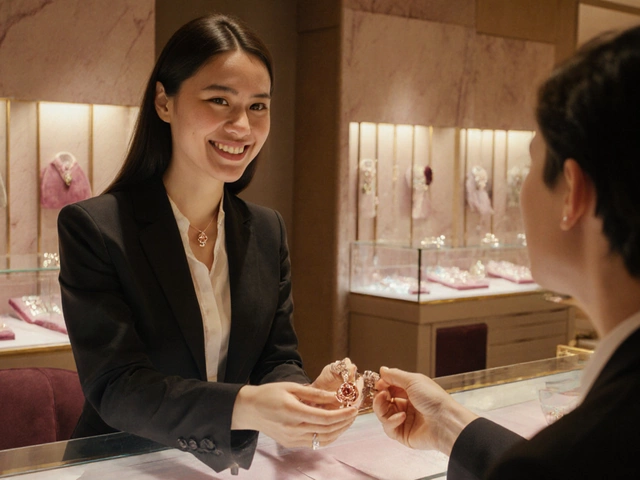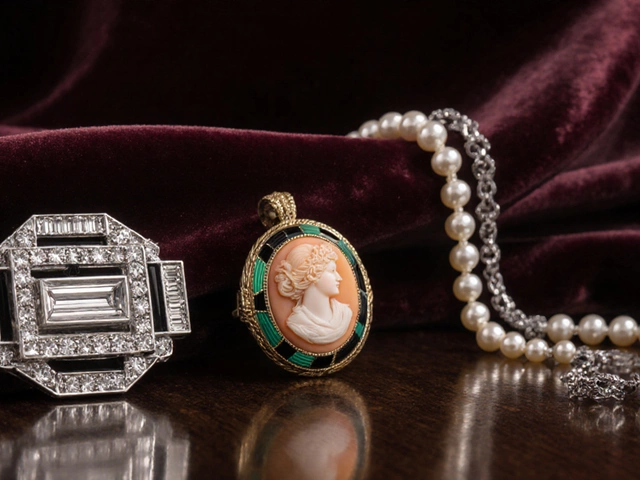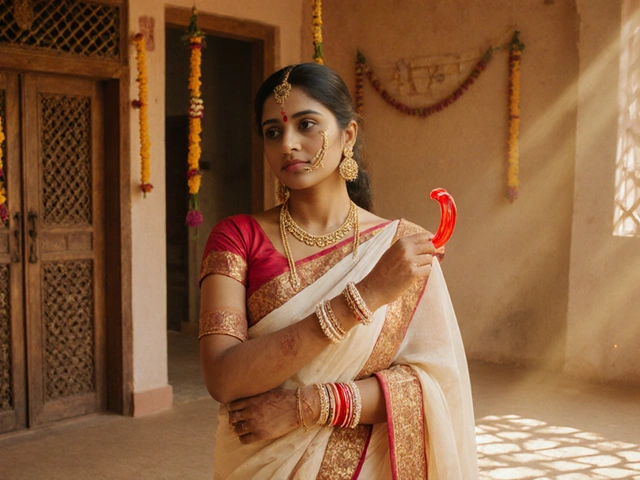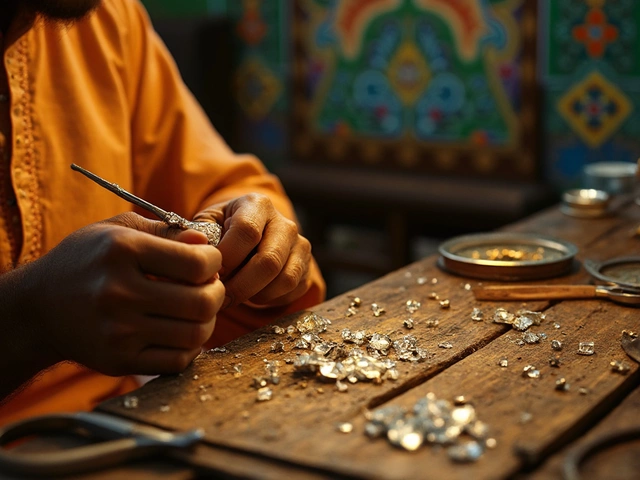Explore Jewelry History: From Ancient Traditions to Modern Trends
When diving into jewelry history, the timeline of ornaments that have shaped cultures, status symbols, and personal style. Also known as Adornment Evolution, it offers a window into how societies expressed identity through metal, stone, and design.
One of the most striking chapters in this timeline is Indian Temple Gold, the massive gold reserves and exquisite temple‑crafted pieces that have inspired regional aesthetics for centuries. The wealth stored in places like the Padmanabhaswamy Temple didn’t just stay locked away; it filtered into everyday jewellery, setting standards for purity, craftsmanship, and symbolism. This link shows how jewelry history intertwines with religious art, economics, and regional pride.
Another thread runs through waist chains (kamarband), ornamental belts that marked marriage, fertility, and social status across North and South India. These pieces illustrate how body adornment evolved from purely decorative to carrying deep cultural meanings. Their materials—from gold to silver and semi‑precious stones—reflect trade routes and technological advances, making them a perfect case study of how function meets fashion in jewelry history.
Bangles, the iconic circular bracelets, form yet another essential subtopic. Bangles, the wide‑ranging family of arm ornaments that signify marital status, regional identity, and even health beliefs have threaded through centuries of Indian life. From the bright red glass bangles worn by pregnant women to the heavy gold sets of married women, each style tells a story about the era, the community, and the evolving role of women in society.
Key Themes That Shape Jewelry History
Three major themes emerge when you map these artifacts together. First, material innovation—the shift from raw ore to refined gold, the introduction of diamond cutting techniques, and the recent rise of ethically sourced gemstones. Second, cultural symbolism—how items like thalis, mangalsutras, and chakra necklaces convey spiritual beliefs and social norms. Third, economic factors—the way tax policies, global diamond markets, and resale value considerations have steered both design and purchasing decisions over time.
Because these themes overlap, the study of jewelry history isn’t isolated to a single craft. It touches on architecture when temple gold influences building décor, on medicine when chakras guide gemstone choices, and on commerce when collectors weigh the resale potential of antique pieces. This interdisciplinary nature makes the subject endlessly fascinating and deeply relevant for anyone interested in fashion, heritage, or investment.
Below you’ll find a curated collection of articles that dive deeper into each of these angles. From practical guides on buying diamonds abroad to the symbolic meanings behind red bangles, the posts unpack the layers of meaning and market forces that have shaped the pieces we wear today. Equip yourself with this background, and you’ll see every necklace, earring, or ring in a new light as you explore the rich tapestry of jewelry history.
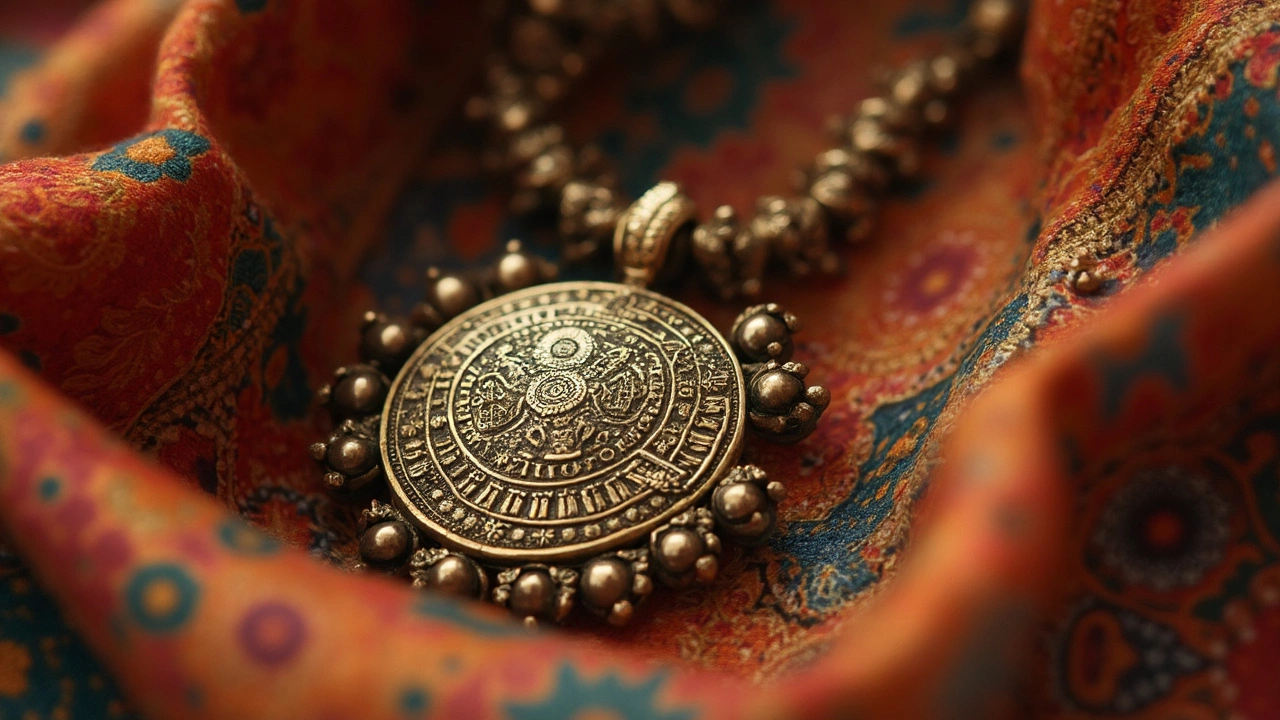
Antique Jewelry Markings: A Treasure Hunt for Hidden Details
Antique jewelry often carries hidden markings that can reveal its maker, origin, and value. These tiny details are crucial for identifying genuine pieces. Understanding these markings can be a fun and rewarding journey for collectors and enthusiasts. Dive into the world of antique jewelry to discover unique historical and cultural stories. This guide provides practical tips to help you decipher these hidden gems.
read more